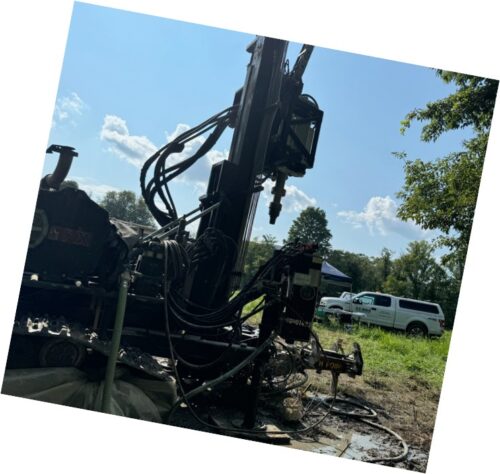Per- and Polyfluoroalkyl Substances (PFAS) Services
 |
 |
|---|
What are PFAS?
PFAS are a large group of synthetic chemicals that are classified as emerging contaminants (ECs). Among this group are perfluorooctanoic acid (PFOA) and perfluorooctanesulfonic acid (PFOS). PFAS are classified as “emerging contaminants” because there is a lack of published health standards and finalized regulatory guidance, they are a potential threat to human health given the possibility of exposure to PFAS from everyday items (e.g., aqueous firefighting foam, non-stick pans, waterproof and stain resistant clothing) and the ability of PFAS to bioaccumulate, leading to the potential for biomagnification.
C.T. Male Associates has learned that, with PFAS, every circumstance/project is different. Navigating that path is our specialty. We have the knowledge and experience to guide our clients in the ever-changing PFAS regulatory environment. Since 2014, we have been performing PFAS investigations and treatment projects across the northeast and our technical members of the team have refined their skills in methods of investigation and managing PFAS projects.
Our PFAS work has included:
- drinking water, surface water, groundwater and soil investigations;
- routine long-term monitoring;
- design, oversight of construction, and managing implementation of remedial solutions;
- design, construction, and maintenance of municipal and private residential water treatment systems;
- grant funding; and,
- continual work with Local, State and Federal governments and regulatory officials.
We also provide services for PFAS Compliance and Reporting requirements.
If you would like to learn more about our PFAS services covering:
- Investigations and Treatment
- Compliance and Reporting
Please Contact Us
 |
|---|
